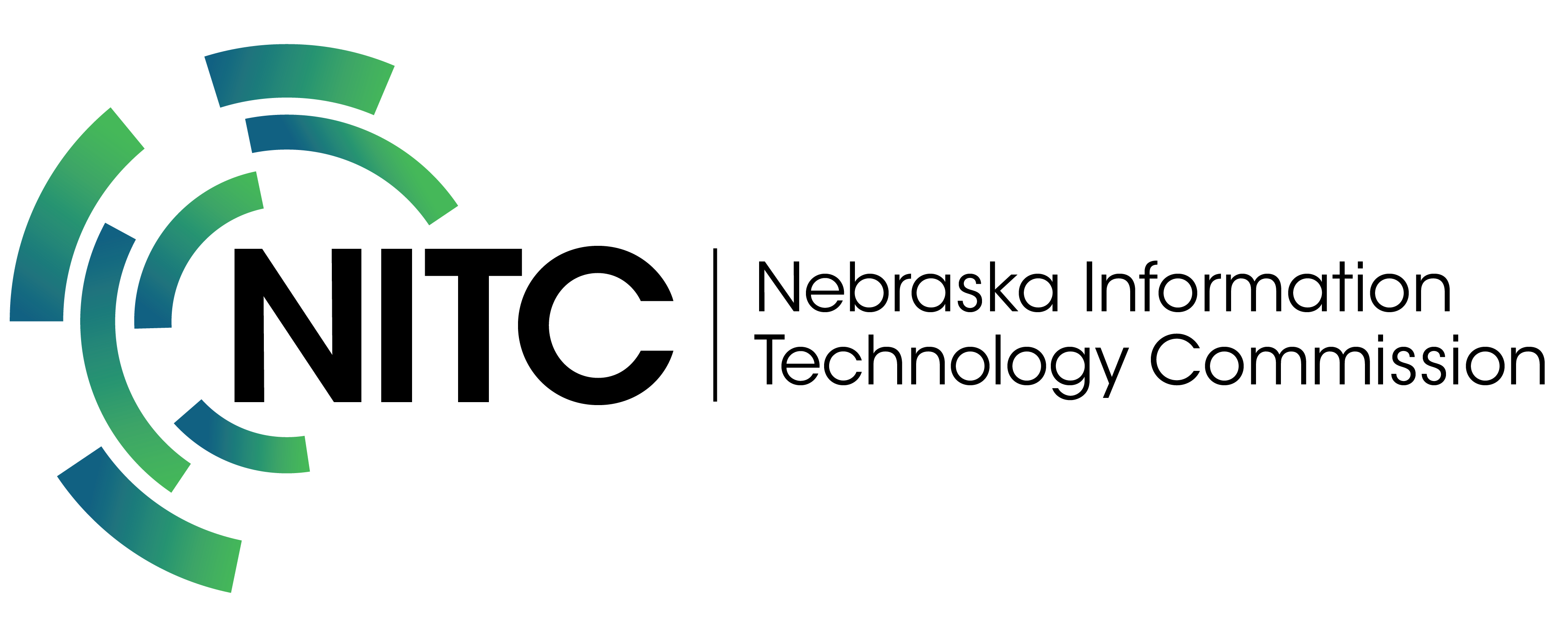Nebraska Guidebook for a Local Government Multipurpose Land Information System
To: The Nebraska GIS User Community
Attached are eight sections and a glossary of a multi-section Guidebook for Local Government Multipurpose Land Information Systems. This document was drafted by a volunteer Advisory Committee for Standards for Multipurpose Land Information Systems, of the Nebraska GIS Steering Committee.
For these guidelines to be most effective, it is important that they are structured in a way to meet the needs of a broad cross-section of users of these information systems, and/or the information they contain. With this goal in mind, the Committee actively solicited feedback from a broad-cross section of interested groups.
The Advisory Committee has developed these sections based on its research of the literature and the feedback that its has received. The Advisory Committee has adopted these sections with the understanding that these sections will need to be revised as the technology and related institutions continue to evolve. The intend was to provide a guidebook, in layperson's language, to assist policy makers to understand and be sensitive to the many issues involved in developing modern multipurpose land information systems.
The technology continues to evolve rapidly and under the best case scenario the Guidebook will be updated accordingly. However, most parties agree that even without an update, it remains a very useful background resource document.
Advisory Committee Members:
Erik Hubl - Lincoln, Chair
Lancaster County Assessor's Office
ehubl@ci.lincoln.ne.us
Roy Hahn - Scottsbluff
Nebr. Land Title Association
HahnLaw@PrairieWeb.com
Sandra Powell - Hastings
City of Hastings Engineering Dept.
spowell@tcgcs.com
Dan Silvis - Omaha
Douglas County Assessor's Office
dsilvis@mail.co.douglas.ne.us
Larry Zink - Lincoln
Nebraska GIS Str. Cmte.
Larry.Zink@nebraska.gov
Jim Koch - Gretna
Property Tax Division
jkoch@ptd.state.ne.us
Duane Stott - Gering
Scottsbluff County Surveyor
scb-co@PrairieWeb.com
John Beran - Lincoln
Nebraska State Surveyor's Office
jberan@sso.state.ne.us
Brian Dunnigan - Lincoln
Nebraska Department of Natural Resources
dunnigan@dnr.state.ne.us
Process and Outline for Developing a Nebraska Guidebook for a Local Government Multipurpose Land Information System
The following land record modernization guidelines were written with the ultimate goal of providing useful information and guidelines for local government officials as they consider and plan for the development of a GIS-based multipurpose land information system. There is little in the document that is original. An attempt has been made to summarize and glean from the available literature, the key points or issues related to successful land record modernization efforts and to the statewide integration of those efforts, and finally to formulate recommendations or guidelines in those areas.
These draft guidelines are a work in progress, in the sense that feedback and suggestions for improvement are encouraged. It is the intent of the Advisory Committee to serve as the stimulus and facilitator of a collaborative process to develop these guidelines or standards. The document has been packaged in a form that will hopefully serve to facilitate discussion, feedback, modification and eventual endorsement from the various groups whose input and support will be needed for these efforts to be effective.
This draft document has been extensively footnoted, both to provide the ultimate users with the sources for further information, and in some cases to demonstrate the broad cross-section of credible support for certain recommendations which may require substantial investments to accomplish. In an attempt to further facilitate and focus the discussion and feedback, those areas that are believed to be key points or recommended guidelines, have been printed in bold italics type and inset from the rest of the text.
These draft guidelines are also a work in progress, in the sense of section-by-section development. To organize its efforts, the Advisory Committee developed a draft working outline of what the table of contents of a comprehensive guidebook to assist local governments in this area might include (see following page). It is possible, that in the process of review, these sections will be revised and/or additional areas may also be identified that should be considered.
Because of its limited resources, the Advisory Committee felt the need to prioritize its work. Based on that prioritization, the Advisory Committee has made an initial commitment to develop drafts of sections (V. - IX.). These sections were given a high priority primarily because they are likely to include the key foundation guidelines or standards that a local government should consider in developing a solid multipurpose land information system. Databases developed in harmony with the guidelines or standards included in these sections, are also likely to be databases that can be integrated with similar databases developed in adjacent jurisdictions. When these key sections are completed, the Advisory Committee will review the need for and resources available to undertake the other sections.
The Advisory Committee will submit each draft section to the Nebraska GIS Steering Committee for review, modification, prior to consideration for adoption as final guidelines or standards. To speed up the review process, during the same time period these draft sections will also be made available to other interested parties for review and written comment. Based on this feedback, the Advisory Committee will revise the draft sections and guidelines and re-submit them to the GIS Steering Committee for consideration for final adoption. To make these guidelines most effective, it is hoped that other public entities and organizations will also consider endorsement of the guidelines.
Working Outline of a Nebraska Guidebook Table of Contents
Guidebook sections are PDF formatted, if necessary, install the free Acrobat Reader browser plug-in to view.
| I. | Introduction | I-1 |
| II. | What is Geographic Information and GIS? | II-1 |
| III. | Fundamental Elements of Multipurpose Land Information System | III-1 |
| IV. | Geographic / Geodetic Control | IV-1 |
| V. | Base Map | V-1 |
| VI. | Cadastral Data | VI-1 |
| VII. | Other Data Layers | VII-1 |
| VIII. | Planning a Successful GIS Implementation | VIII-1 |
| XIV. | Appendices | |
| a. Glossary of Terms | XIV-1 |

